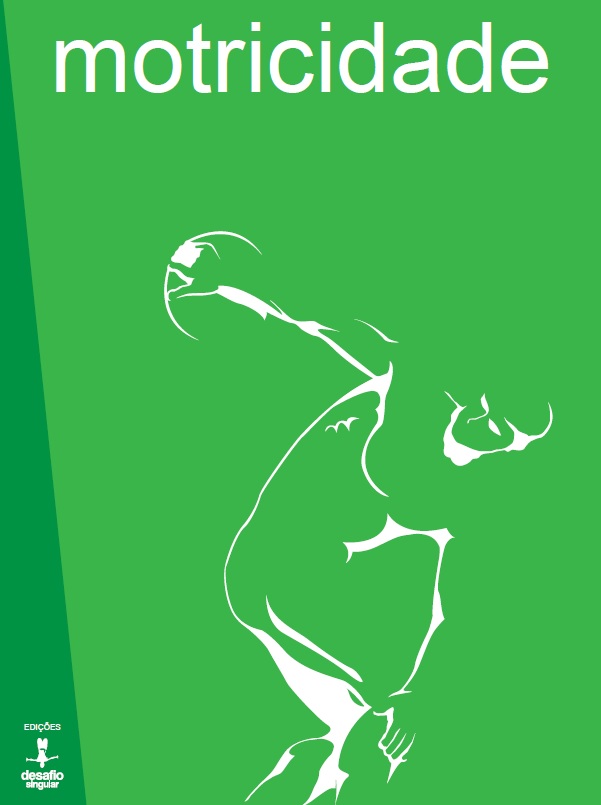Data’s Hidden Data: Qualitative Revelations of Sports Efficiency Analysis brought by Neural Network Performance Metrics
DOI:
https://doi.org/10.6063/motricidade.15984Abstract
In the study of effectiveness and efficiency of an athlete’s performance, intelligent systems can be applied on qualitative approaches and their performance metrics provide useful information on not just the quality of the data, but also reveal issues about the observational criteria and data collection context itself. 2000 executions of two similar exercises, with different levels of complexity, were collected through a single inertial sensor applied on the fencer’s weapon hand. After the signals were split into their key segments through Dynamic Time Warping, the extracted features and respective qualitative evaluations were fed into a Neural Network to learn the patterns that distinguish a good from a bad execution. The performance analysis of the resulting models returned a prediction accuracy of 76.6% and 72.7% for each exercise, but other metrics pointed to the data suffering from high bias. This points towards an imbalance in the qualitative criteria representation of the bad executions, which can be explained by: i) reduced number of samples; ii) ambiguity in the definition of the observation criteria; iii) a single sensor being unable to fully capture the context without taking the actions of the other key body segments into account.
Downloads
Published
Issue
Section
License
The authors of submitted manuscripts must transfer the full copyright to Journal Motricidade / Desafio Singular Editions. Granting copyright permission allows the publication and dissemination of the article in printed or electronic formats and copyrights start at the moment the manuscript is accepted for publication. It also allows Journal Motricidade to use and commercialize the article in terms of licensing, lending or selling its content to indexation/abstracts databases and other entities.
According to the terms of the Creative Commons licence, authors may reproduce a reasonable number of copies for personal or professional purpose but without any economic gains. SHERPA/RoMEO allows authors to post a final digital copy (post-printing version) of the article in their websites or on their institutions' scientific repository.


